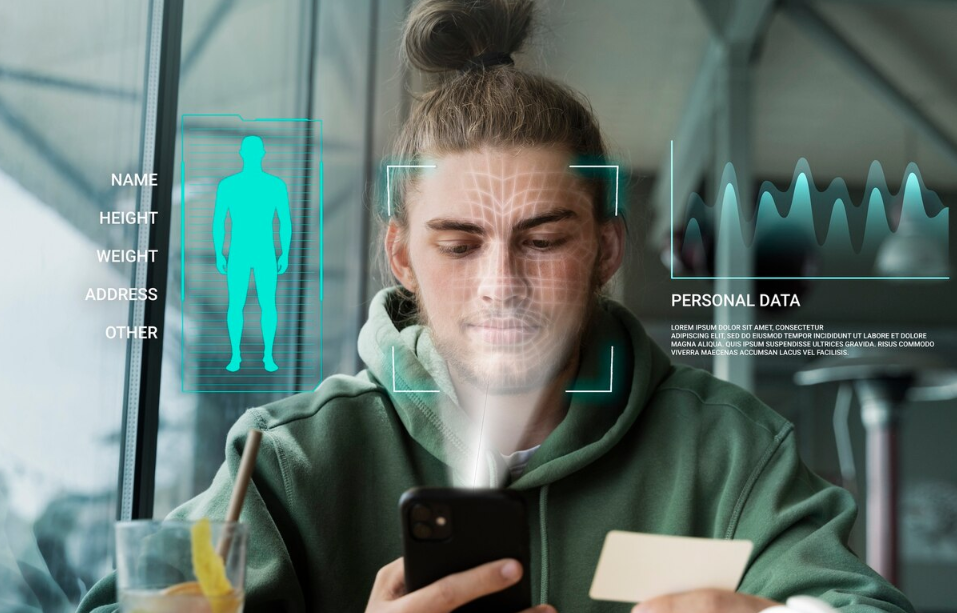The concept of a smart home has evolved from science fiction fantasy to daily reality. Lights that respond to voice commands, thermostats that learn your preferences, fridges that tell you when you’re out of milk—this is no longer futuristic hype but a growing facet of modern living. At the heart of this revolution lies the synergy between Artificial Intelligence (AI) and the Internet of Things (IoT), reshaping how we interact with our living spaces.
What Makes a Home “Smart”?
A smart home refers to a residence equipped with connected devices that automate tasks, enhance convenience, and increase efficiency. These devices often communicate with each other through a central hub or cloud-based system, allowing for seamless integration.
Common smart devices include:
- Voice assistants (e.g., Alexa, Google Assistant)
- Smart lighting systems
- Security cameras and smart locks
- Smart appliances (ovens, fridges, washers)
- Energy management systems
But the real magic happens when AI enters the equation.
AI + IoT: A Powerful Alliance
IoT enables devices to collect data. AI transforms that data into action.
For instance, a smart thermostat doesn’t just let you control temperature remotely. With AI, it learns your routine—when you’re home, what temperature you prefer in the evening, and when to power down to save energy. Over time, it optimizes performance without your direct input.
This AI-IoT collaboration creates environments that adapt, not just respond.
Everyday Benefits
Smart homes aren’t just about cool gadgets—they offer tangible benefits in everyday life:
- Convenience: Automating routines, such as morning wake-ups with gradual lights and brewed coffee, saves time and effort.
- Energy Efficiency: Devices can adjust usage based on occupancy and habits, reducing electricity and water bills.
- Security: Smart surveillance and locks provide real-time alerts, remote access, and even facial recognition.
- Accessibility: For elderly or disabled individuals, voice control and automation bring newfound independence and safety.
Challenges and Concerns
As smart homes become more intelligent, they also raise important concerns:
- Privacy: Devices that “learn” require data. Where is that data stored? Who has access to it?
- Security Risks: Internet-connected devices can be vulnerable to hacking if not properly protected.
- Interoperability: Different brands and standards can create a fragmented ecosystem, making integration frustrating.
- Cost: High initial investment and ongoing maintenance may limit access for many households.
The Future of Smart Living
The next generation of smart homes is already taking shape. Emerging trends include:
- Ambient Intelligence: Environments that sense and respond without explicit commands.
- Edge AI: Processing data locally on the device for faster response and better privacy.
- Predictive Maintenance: Appliances that warn you before they break.
- Sustainability Integration: Homes that not only conserve energy but produce it, integrating with solar panels and home batteries.
As AI becomes more sophisticated and IoT devices more affordable, the smart home will become less about novelty and more about normalcy.
Conclusion
Smart homes represent more than just technological convenience—they reflect a deeper shift in how we live, work, and connect. The intersection of AI and IoT is turning our homes into responsive, adaptive ecosystems that learn from us and grow with us. But as with any powerful technology, the key to truly smart living lies in thoughtful design, ethical use, and a balanced approach to innovation.


